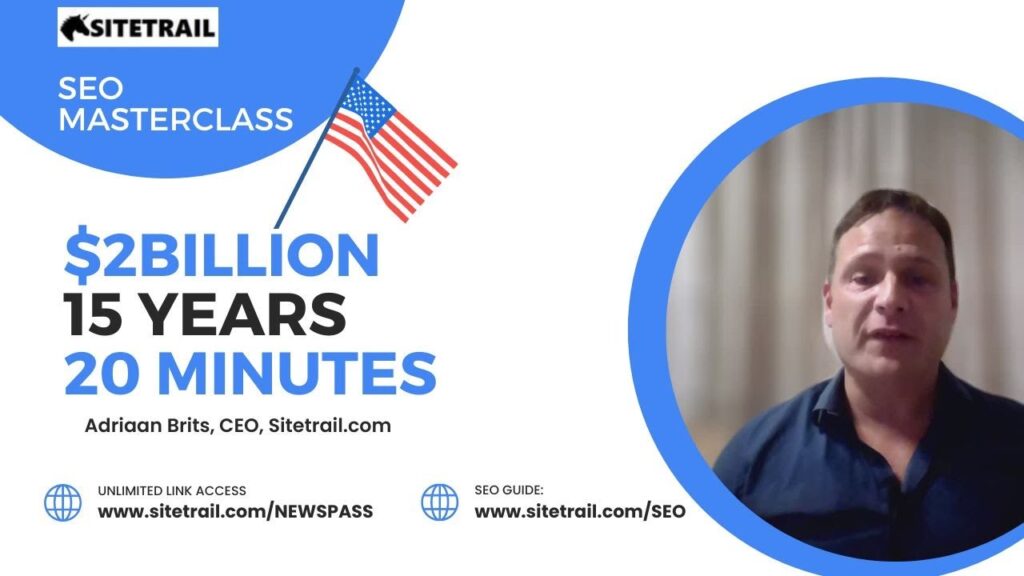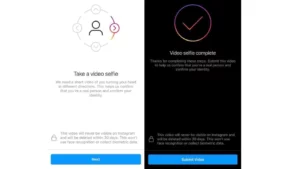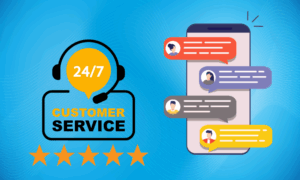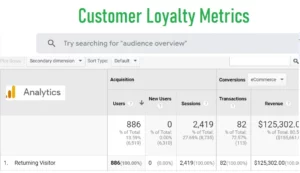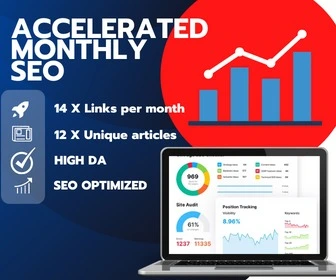In this SEO course, you will learn how to master the core principles of SEO: From Link Building and Keyword Research to Competitor Analysis and On-Page Optimization, Learn Proven Strategies to Boost Your Website’s Search Rankings and Drive Long-Term Success.
1. Introduction to SEO Fundamentals
SEO, or Search Engine Optimization, is the process of improving a website’s visibility on search engines like Google and Bing. It includes on-site SEO, which focuses on optimizing your content and structure; off-site SEO, which involves building backlinks to increase authority; and technical SEO, which web designers do to ensure your site is easy to crawl and index.With over 100 ranking factors, it is debatable what’s the most important. Later in the course, you’ll learn how to avoid penalties and stay updated with algorithm changes for long-term success.
2. Link Building: Obtaining Diversity & Superiority
Whatever people say, analysis of the top performing businesses show that high quality backlinks remain a cornerstone of SEO success.
I’m going to share ONE powerful tool that you can leverage to obtain a wide variety of links and I will show you the biggest secret to achieve link diversity and superiority faster. With NewsPass from Sitetrail you get up to 200 posts per month.
In our strategy session, we will learn how to use this tool in the smartest way to build out 3 safe and diverse groups of backlinks.
Group 1 Would be links from high domain authority, multi-niche news sites. You get all these through Newspass from Sitetrail, it’s simple:You write articles with AI, where you include your link, submit it and NewsPass will publish it for you in the same week.. These links come from authentic, editorial sources, boosting your site’s credibility and ranking. As a member of Newspass, you get guidance on how to create expert-level AI content that news sites will love and they publish it for you. Just follow their editorial advice, and this will be a shortcut to distinction.
Group 2 are outreach links which you will get from partnerships with companies in your industry. Usually people will say no, they won’t link to a competitor, but because you have a lot of power with Newspass to publish content on many sites fast, you can say to them: “Hey, if we partner up on this, I will ask my contacts at an influential news site to write about your business and link to your website. If you can please be so kind to give us a link from your site to our site”.
They say yes and give you a link, that same day you quickly make a nice AI generated article mentioning their business and linking to it – and you submit that to a news site via Sitetrail Newspass. Now hold on, you’re not done yet with their business: now you also check out their backlink profile and contact the sites who linked to them, and offer them the exact same partnership opportunity, hitting multiple birds with one stone. You can manage it yourself internally, or, at Sitetrail we have a big team of offshore assistants who can handle your partnership outreach for you.
Group 3 Would be any additional links you can attract naturally from putting up super informative research and facts on your website. You can also get a handful of links from directories.
Group 1 should make up 20% of the links to each landing page, group 2 should be 70% and group 3 should be 10%. For each new landing page you create in the future, you will repeat this exact same sequence. We have enterprise clients scaling this process to build links for 500 pages of content with huge teams, but the principle remains the same whether you’re big or small.
3. Keyword Research and Analysis
Effective keyword research is the backbone of any SEO strategy. Start by identifying high-volume, low-competition keywords that are relevant to your niche. Use tools like Google Keyword Planner, Ahrefs, or SEMrush to analyze which terms competitors are ranking for and discover new opportunities.
Long-tail keywords—specific, less competitive phrases—are also critical for targeting niche audiences and improving conversion rates. Proper keyword mapping ensures that each page on your site targets the right terms, helping you balance between ranking for high-value short-tail and long-tail keywords.
The most important strategic observation here: Never look at just one competitor, never follow anyone blindly. The more examples you evaluate, the more it will open your mind about strategic gains that can be made.
4. Competitor Analysis and Strategy
To compete effectively it’s essential to analyze and learn from competitor SEO tactics. Begin by identifying your main competitors through research. Analyze their backlink profiles, keyword rankings, site structure, and content strategy.
Pay attention to how they optimize for user experience and how frequently they publish new content. Understanding your competitors’ strengths and weaknesses allows you to identify gaps and opportunities in your own SEO efforts, positioning your site for greater search visibility.
5. Content Writing for SEO
Content is king in SEO, especially if you provide a trustworthy author profile to show expertise. High-quality, relevant content not only engages users but also earns organic backlinks and improves your search rankings. Write with your audience in mind—answer their questions, provide solutions, and incorporate targeted keywords naturally. Regularly updating and expanding content helps keep your site fresh in search engine algorithms. Use internal links to guide readers through your site and make sure your content is shareable to attract social signals, another factor that can influence rankings indirectly.
The most important tip here is that in order to beat AI content, you need to add video and image embeds where you can so you’re offering Google something AI is not currently offering. That way you can stand out.
6. On-Page and Technical SEO Optimization
On-page and technical SEO work together to ensure that your site is both user-friendly and easily crawled by search engines.This is a matter for your web design team or CMS managers. Essentially, they need to focus on optimizing title tags, meta descriptions, and header tags with targeted keywords.
Ensure that your URLs are clean and descriptive. For technical SEO, site speed, mobile responsiveness, and XML sitemaps are key. Also, address crawl errors and use robots.txt files effectively. Another vital component is schema markup, which helps search engines understand your content better and can lead to rich results in search listings, enhancing click-through rates.
7. Local SEO Best Practices
For businesses targeting specific geographic regions, local SEO is indispensable. Ensure your business is listed on Google My Business and other relevant directories, and maintain consistent NAP (Name, Address, Phone number) information across all platforms.
Focus on earning local backlinks and customer reviews, as these signals are heavily weighted by local search algorithms. Including location-based keywords in your content and optimizing for mobile users, who often perform local searches, will help you attract nearby customers.
8. Avoiding SEO Penalties
To avoid SEO penalties, it’s essential to stay up-to-date with Google’s algorithmic updates and follow best practices. Focus on providing a great user experience by ensuring your site is mobile-friendly, loads quickly, and offers high-quality, authoritative content. Prioritize E-A-T (Expertise, Authority, Trustworthiness) to build credibility, and avoid keyword stuffing, which can trigger penalties.
Ensure logical internal linking and use structured data to help search engines understand your content. Finally, comply with Google’s Core Web Vitals, paying attention to fast load times and stable layouts, as these factors are crucial for maintaining your rankings and avoiding penalties.
9. Measuring SEO Performance (Analytics & Tools)
SEO relies on data, requiring tools like Google Analytics and Search Console for quarterly checks on organic traffic, bounce rates, and keyword rankings. Then you’d have daily and weekly audits of your own backlinks and those of your competitors, page speeds, and crawl reports help resolve issues, while benchmarking progress and conversion tracking measure SEO’s impact on business goals.
The most important tip here is that Google loves established legacy content, you’re not easily going to topple and replace that within a week, so it is a long game. Unlike pay per click and it’s instant gratification, this it will take you months to make good gains.
I’m out of time, got to run but thanks for joining me today. Here on the screen you can see the two most important resources we have to support you with:The SEO guide concentrates on how to outsource some of the most vital tasks: sitetrail.com/seo The link to Newspass provides a powerful shortcut to scale your link acquisition and gives you more leverage to offer something of high value when forming partnerships sitetrail.com/newspass.
